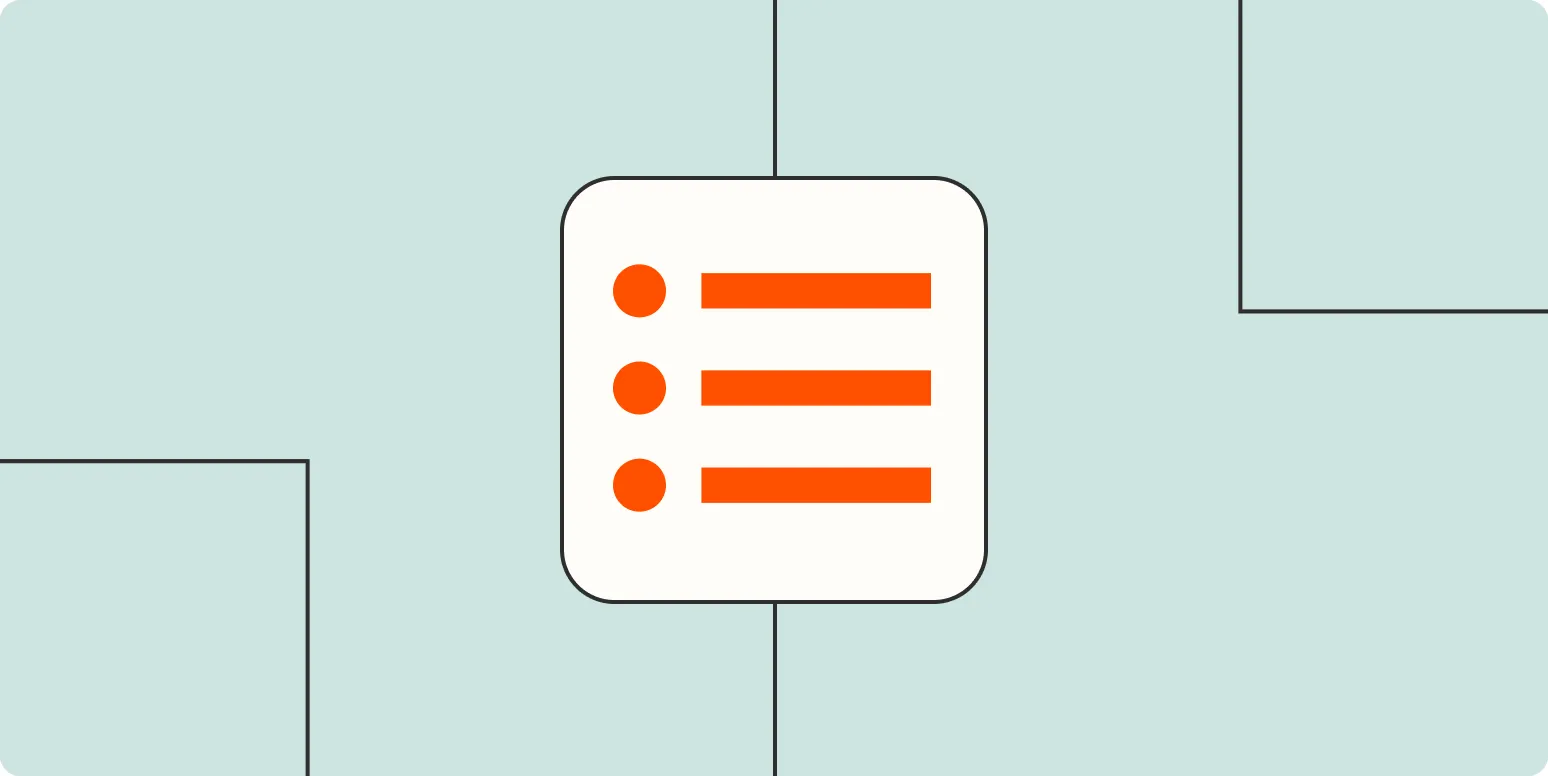As I navigated through my professional and personal life, I discovered an essential lesson: the power of prioritization. In an age where distractions are abundant, learning to prioritize effectively has made all the difference in my productivity and overall satisfaction. Through my journey, I found that one of the most effective strategies was to drop less important tasks and focus on what truly matters. Here’s how I learned to prioritize by letting go, and how you can apply these principles to your own life.
Understanding Prioritization
Prioritization is not just about managing your time; it’s about managing your energy and focus. When I began to grasp this concept, I realized that not all tasks hold equal weight. Some activities contribute significantly to my goals, while others are merely distractions. To illustrate this point, I created a simple chart that helped me visualize my tasks based on their importance and urgency.
| Task | Importance | Urgency | Action |
|---|---|---|---|
| Complete project report | High | High | Do it now |
| Respond to emails | Medium | High | Schedule for later |
| Social media browsing | Low | Low | Drop it |
This chart became a foundation for my prioritization process. By categorizing tasks, I learned to let go of activities that provided little value, such as unnecessary meetings or excessive social media browsing. This realization is crucial for anyone looking to improve their efficiency.
Identifying Tasks to Drop
One of the most challenging aspects of prioritization is recognizing which tasks to drop. Initially, I struggled with the notion of letting go. However, I discovered that dropping tasks does not mean abandoning responsibilities; rather, it means focusing on activities that align with my goals. Here are some tips that helped me along the way:
- Assess Impact: Evaluate how each task contributes to your overall objectives. Tasks with low impact can often be delegated or eliminated.
- Set Boundaries: Learn to say no to tasks that do not align with your priorities. This was particularly difficult for me, but it became easier with practice.
- Review Regularly: Make it a habit to review your tasks weekly. This allows you to adjust your priorities based on new information or changes in circumstances.
The Benefits of Dropping Tasks
Once I began to drop tasks that didn’t serve my goals, I noticed several benefits. Not only did my productivity increase, but I also found that I felt less stressed and more focused. Here are some key benefits I experienced:
- Enhanced Focus: By concentrating on fewer tasks, I was able to give my full attention to what mattered most, resulting in higher quality work.
- Reduced Stress: Letting go of low-priority tasks alleviated the pressure and anxiety that came from trying to do everything.
- Improved Time Management: With fewer tasks to juggle, I could allocate my time more effectively, ensuring that I met deadlines without feeling rushed.
Implementing Prioritization Strategies
To fully embrace the art of prioritization, I implemented several strategies that helped maintain my focus and keep distractions at bay. Here are some methods you can adopt:
- The Eisenhower Matrix: This tool categorizes tasks into four quadrants based on urgency and importance, helping you decide what to focus on immediately, what to schedule, what to delegate, and what to drop.
- Time Blocking: Allocate specific blocks of time for focused work on high-priority tasks. This method helps eliminate distractions and enhances productivity.
- Daily Reviews: Spend a few minutes each day reviewing your tasks. This practice allows you to adjust priorities based on what’s currently relevant.
Final Thoughts
Learning to prioritize by dropping tasks that don’t align with your goals can be transformative. It requires practice and a willingness to let go of the less important, but the benefits are worth the effort. By implementing strategies such as the Eisenhower Matrix and time blocking, you can enhance your focus, reduce stress, and improve your overall productivity.
In conclusion, prioritization is an ongoing journey. As you refine your ability to distinguish between what is essential and what is not, you will find greater satisfaction and accomplishment in both your personal and professional life. Remember, it’s not about doing more; it’s about doing what truly matters.





